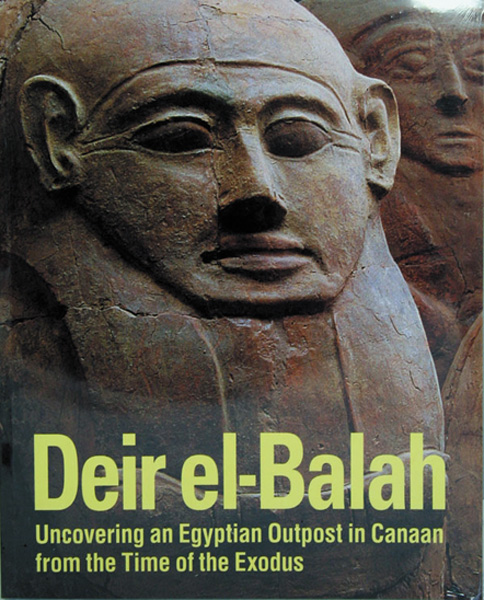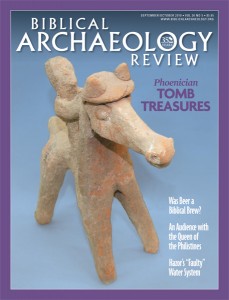ReViews: 10,000 Cups of Coffee: Putting Deir el-Balah on the Map

The critical clue was the yellow sand. But for the grains of fine yellow sand clinging to the clay coffin lid, the source of the stunning finds—carnelian and gold jewelry, scarabs, alabaster vessels, Canaanite, Cypriot and Mycenaean pottery, anthropoid clay coffins— flooding the antiquities market in Jerusalem after the Six-Day War might never have been discovered, or discovered too late for the scientific excavation needed to illuminate the cultural and historical context of the artifacts. Without such excavation, the origin and date of the finds would forever remain guesswork, and it would be impossible to understand the true importance of the objects. It was the yellow grains of sand still on the sarcophagi reaching the antiquities market that eventually led Trude Dothan, under Israeli army escort, to the Gaza Strip site of Deir el-Balah.
Dothan’s Deir el-Balah: Uncovering an Egyptian Outpost in Canaan from the Time of the Exodus is part memoir, part excavation report and part object catalogue (of artifacts she did not herself excavate). Ultimately it satisfies as none of these, but is nevertheless an enjoyable read and an important volume from a grande dame of Israeli archaeology. The “Exodus” in the title is a sop: Only one paragraph in the book mentions the Exodus or, for that matter, the Bible.
Already a library member? Log in here.
Institution user? Log in with your IP address.

